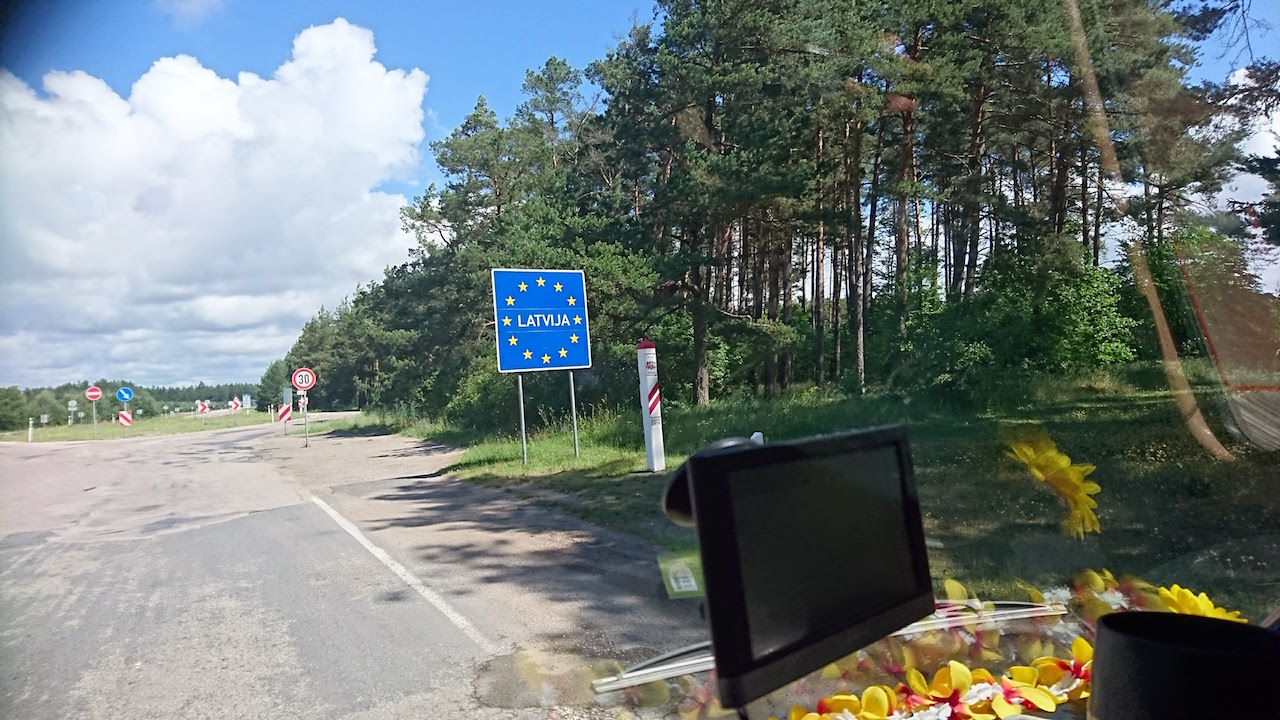We haven’t been entirely happy campers this week.
It’s not that we aren’t getting on. Aside from the very occasional bust up – the night my art box was hurled at force out the van door, scattering its contents over the Mani Peninsula springs to mind – we’ve been doing pretty well on the living-in-each -other’s-ear front.
And as for that little incident, I plead the defence of provocation. There’s a tipping point when good humoured teasing (in this case about why I’d packed something so big and so annoying because it has to be moved every night to make the bed and so far barely, if ever, used) becomes really, really annoying and that was it. Anyway, that blew over after I’d sheepishly retrieved everything and we’d agreed that the words ‘your feckin art box’ shall never again be uttered on this trip.
No, the reason we’ve been feeling a bit flat and generally unenthused about travelling this week is down to a combination of the weather which has been grey and wet for a lot of time and the fact that it has been hard to get very excited about Lithuania when we have spent many miles driving through some very boring scenery.
Well it’s hard not to be just a teeny bit glum when this is the view out the window…

That’s not to say we haven’t done and seen some interesting things this week.
Like visiting the Hill of Crosses, for example, which was our first stop after leaving Vilnius the morning after I’d flown back from Dublin and Mary had flown back to the UK. Located near the town of Šiauliai, this Catholic pilgrimage site is as the name suggests a hill of crosses, thousands of them….


…the occasional one with English inscriptions.

The tradition of ‘planting’ crosses on the hill goes back to the 1800’s after the imperial Russian army crushed a rebellion by Polish and Lithuanian forces and those who lost loved ones and had no bodies to bury wanted something to honour their memory.
Under Soviet rule from after WWII until 1991, the government tried on numerous occasions to destroy this symbol of Lithuanian independence. The army was sent in to level the hill, burn or melt down the crosses and cover the land with rubbish and sewage. But the crosses kept reappearing till finally in the 1980’s the Soviets decided to leave the hill in peace.
The hill felt like a very special place….

…and provided an unexpected opportunity for yet more wedding stalking.
And we had another surprising evening when we parked up near Lake Plateliai in Žemaitija National Park. The lake was very scenic…

…and we virtually had the place to ourselves when we first got there.
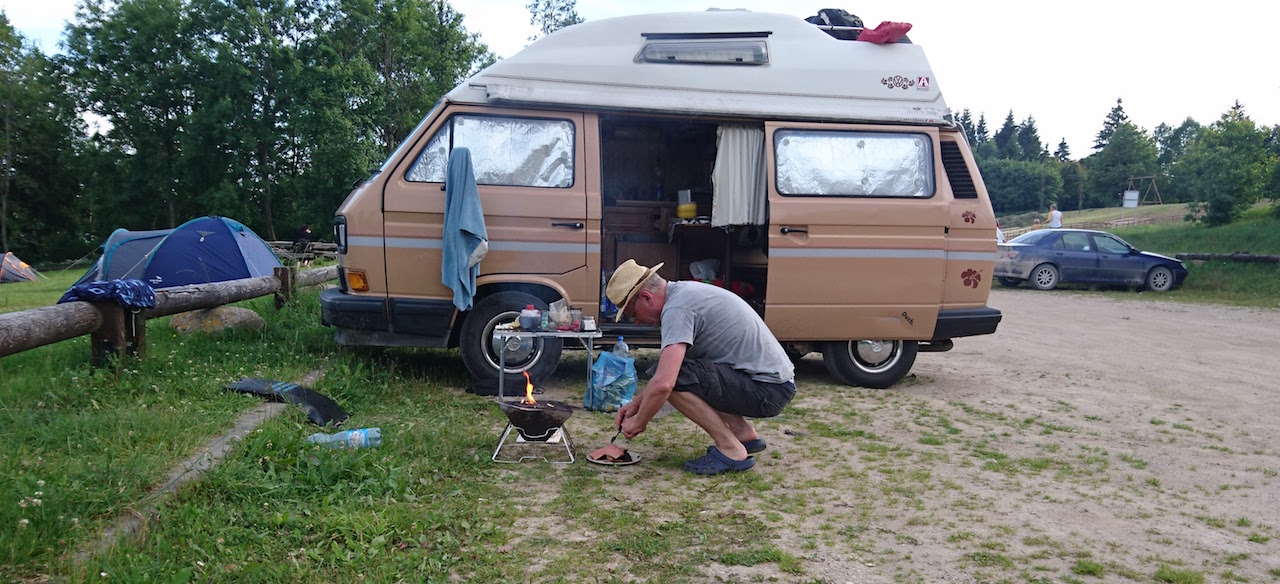
On the first night, Stuart, feeling more energetic than me, headed off to explore the area and came upon this Jewish Memorial site created by the Jakovas Bunka Charity.
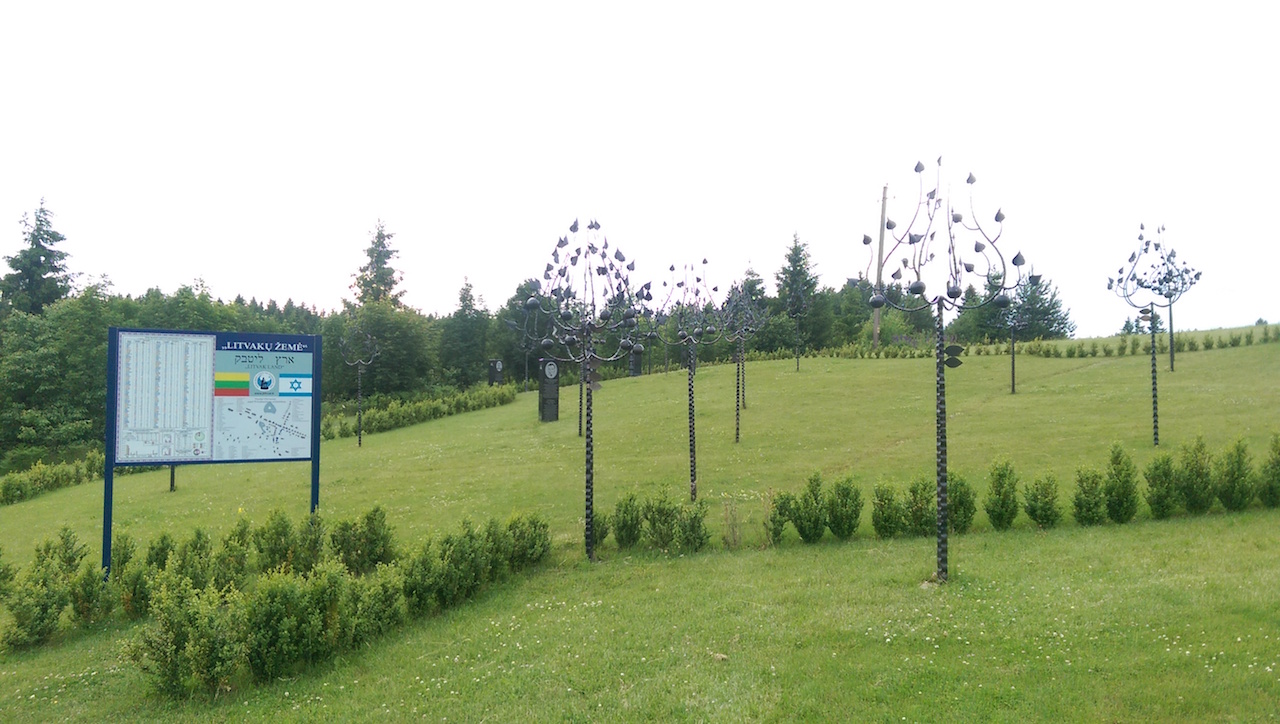
The metal apple trees mark out a map of Lithuania and highlight all the former Jewish communities in the country which historically had been a hub of Jewish life in Europe.
By the end of World War II, 95 per cent of the community had been wiped out. That’s some 200,000 people murdered by the Nazis with, inexplicably, the enthusiastic help of many locals.
The charity’s project also celebrates the lives of famous litvaks or Lithuanian Jews like, for example, Al Jolson who was born near Kaunas.

The following day, the car park started filling up around us and more and more campers pitched up, all here for the midsummer night Saint John’s Day celebrations.
When he wasn’t dancing….

…..or, one of the main rituals of the festival, reading fortunes based on which nine flowers you picked from the nearby field….

…we asked this man to translate the programme for the night’s events for us.

It was going to run till sunrise at 4.42 when it was traditional to wash your face in the dew. We didn’t quite manage to stay up till then but had a fascinating evening watching the fortune tellers in action..

…and the dancing….




Here’s a flavour of the celebrations https://youtu.be/yJKhGu-UFXs
And the other highlight of the week was visiting the Dvina Missile Base nearby. An ex-Soviet missile base, not something you’d expect to find in the rural tranquility of a national park.

Beneath these mounds are these massive deep silos which once housed nuclear missiles aimed at Europe. To keep the construction of the compound secret, the Soviets used teams of five working on a rota with all materials for construction transported at night. None of the locals knew what was behind the closely guarded perimeter fence and the base was only discovered in 1978 by a US reconnaissance team.
It was a really eerie place to walk around ….

…and especially unnerving to peer into the massive silo which once held one of the nuclear missiles. You could just about see the bottom of it….

…and the projected image of a mushroom cloud going up was a reminder of the destructive power it had.

In the museum in the compound’s underground tunnels, there was a quote from Einstein on the wall which was apt…

…and some interesting photographs from Lithuania from the Cold War era,….
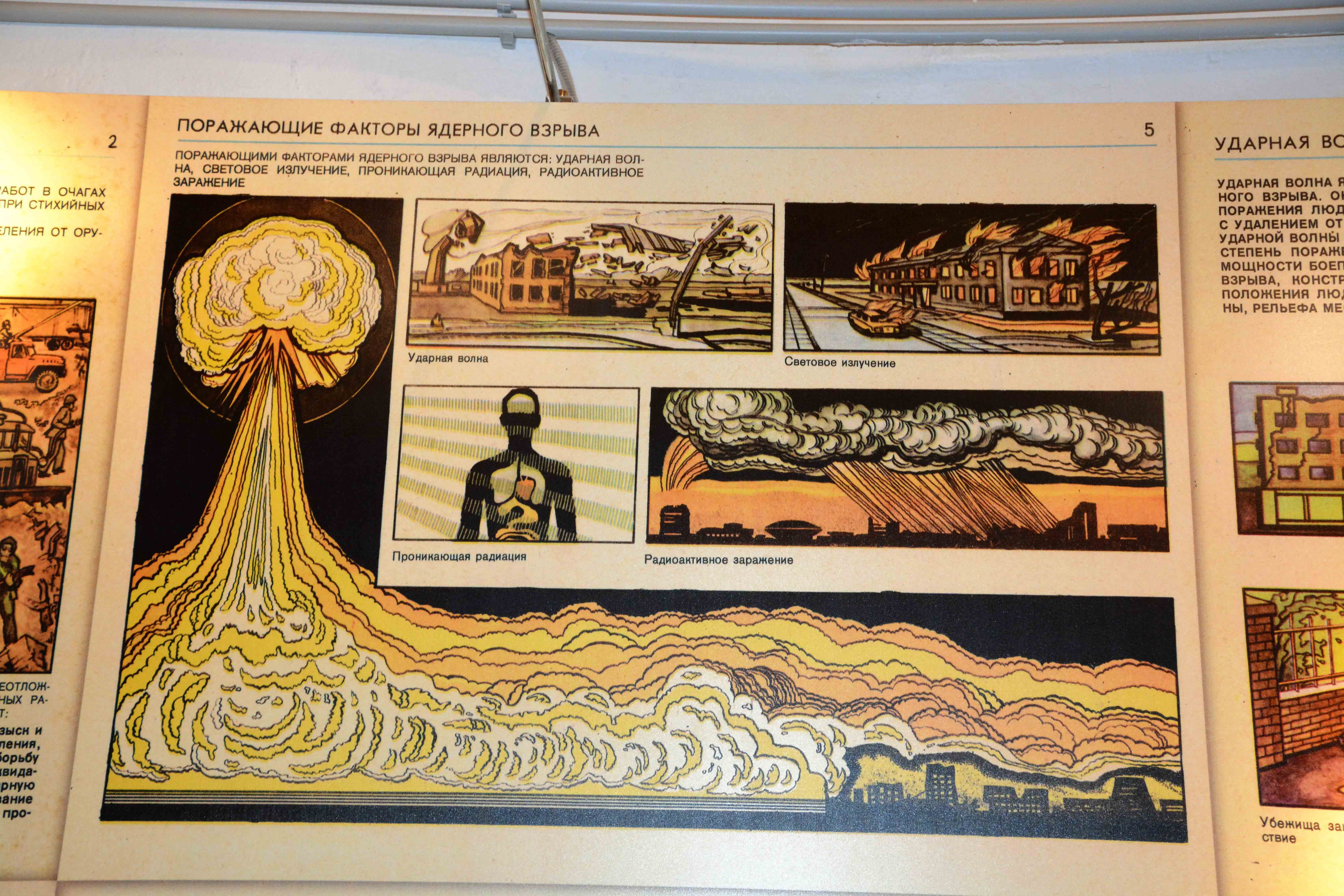
..including this photograph of local school children being taught how to use weaponry to protect against invasion from the West.

That photo was particularly interesting as before coming to the missile base, we had a chat with Aurora, the lovely tourist office lady in Plateliai. She recalled her schoolgirl days as a Communist youth Pioneer when, among other disciplines, they were taught how to use a kalishnakov.

And also this week, we ate out once again, sampling more potato based dishes…
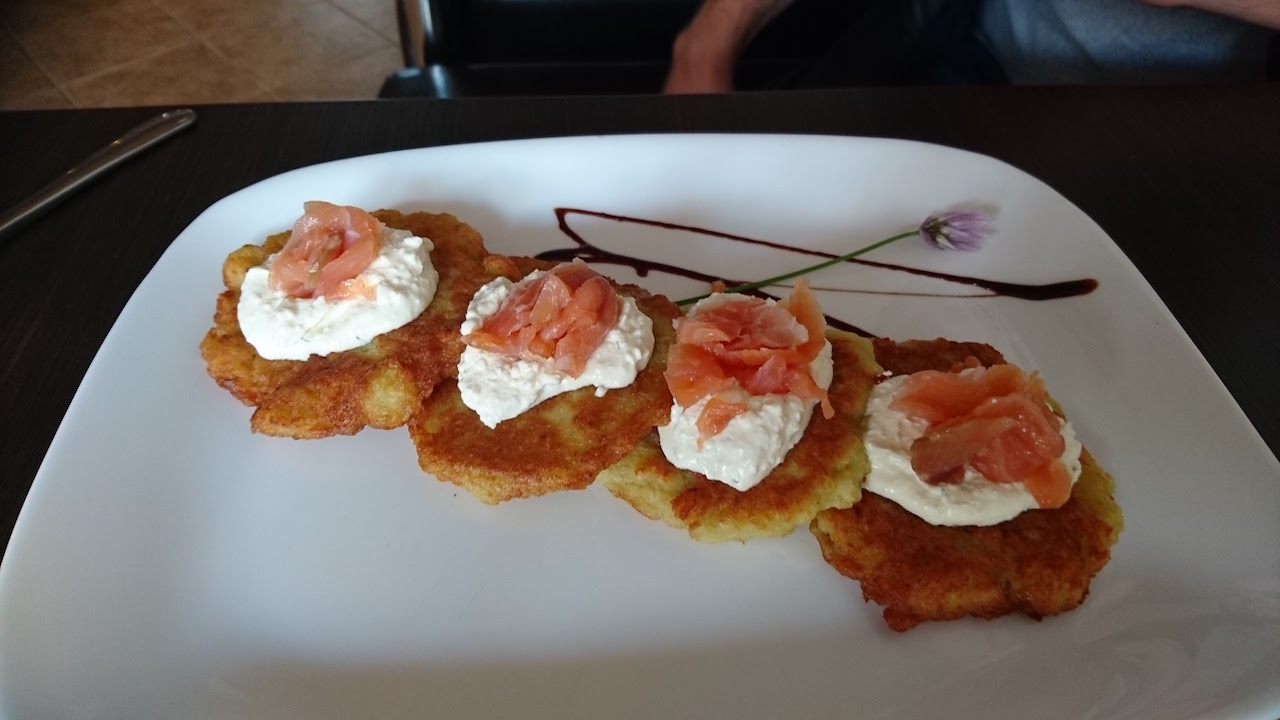

…and deciding that our research into Lithuanian traditional dishes was now concluded.
Just before crossing the border into Lavia we stopped off in the resort area of Šventoji and watched the kite surfers in action.

So that was our second week in Lithuania some good bits but in between lots of driving in the rain through flat landscape. Still tomorrow is another country. And if it rains, so what. Plenty of time to do some art.
